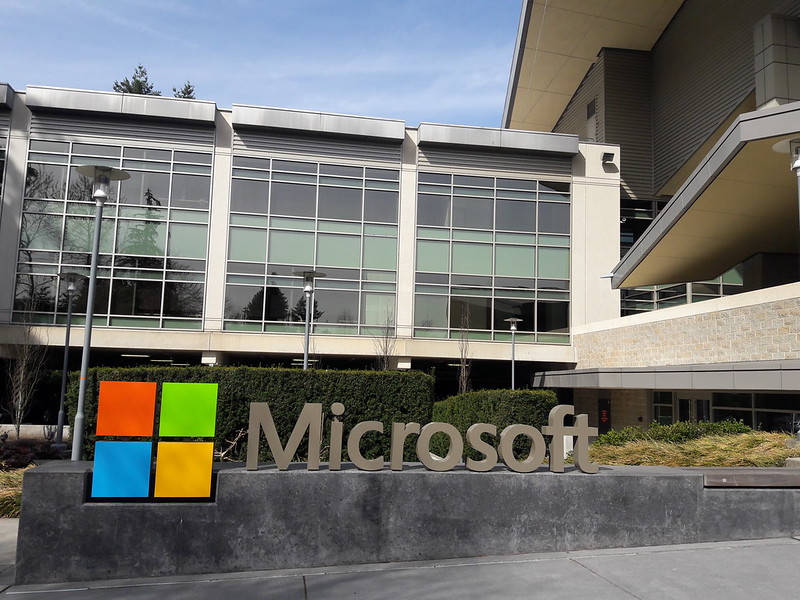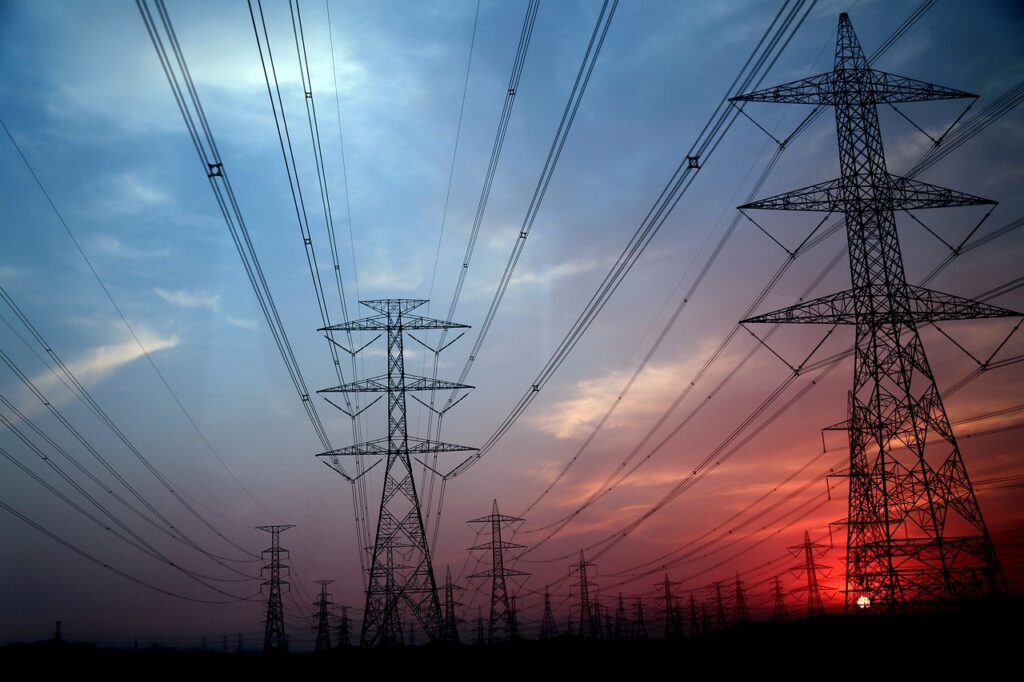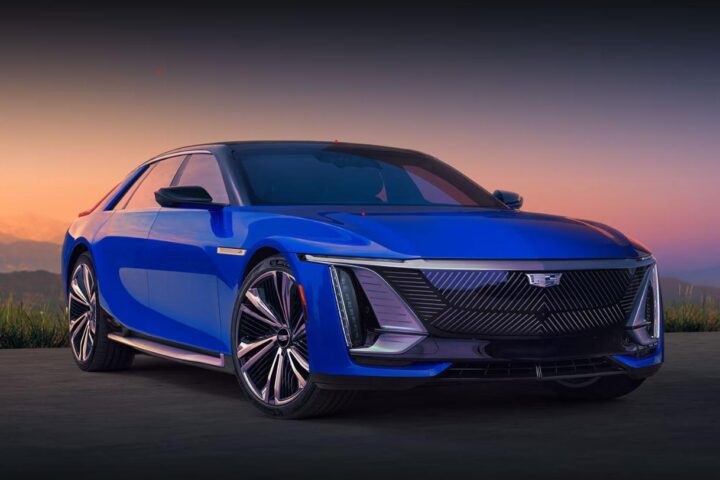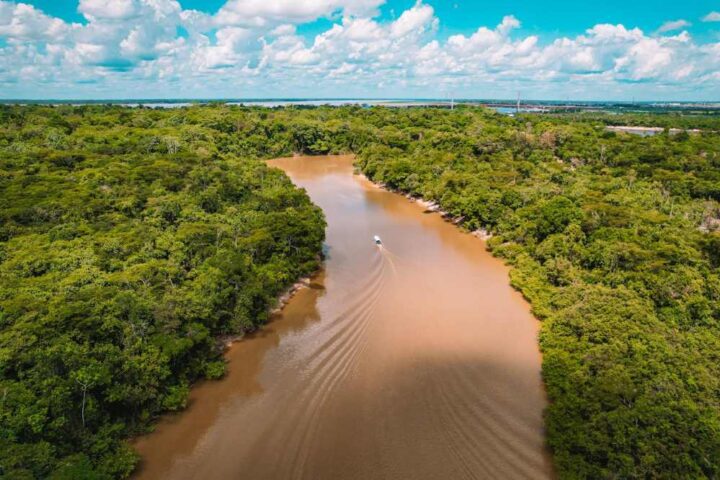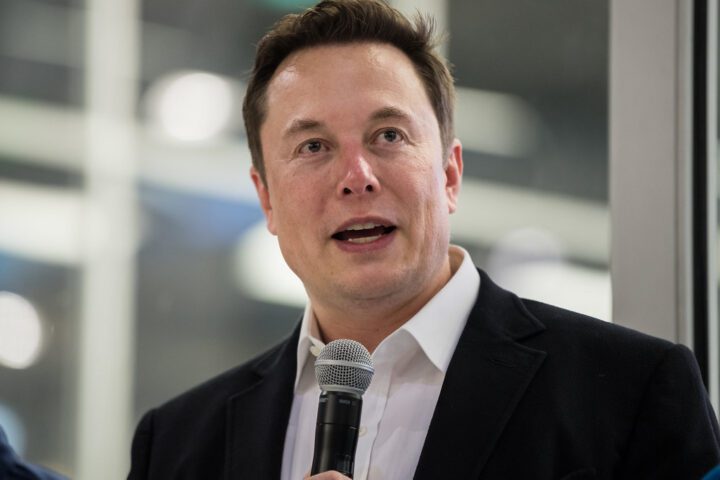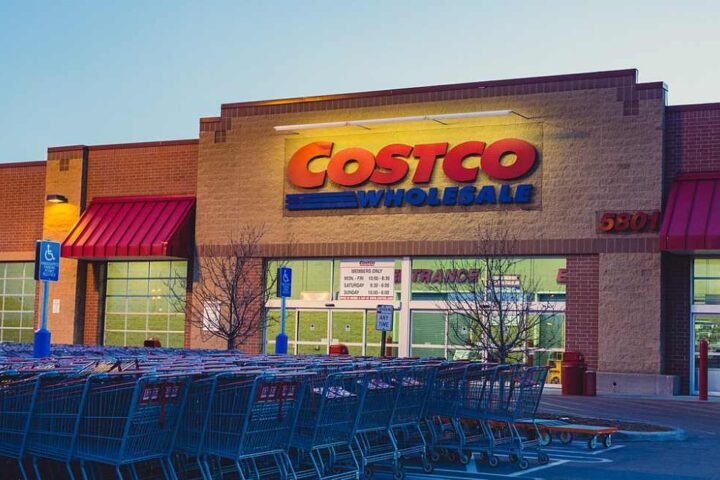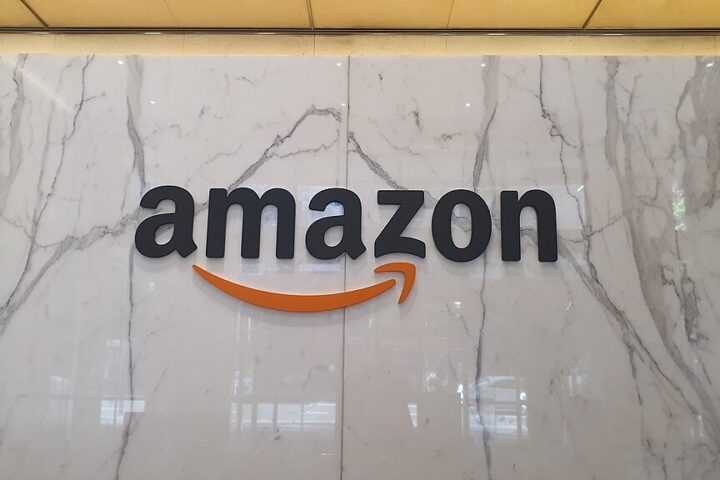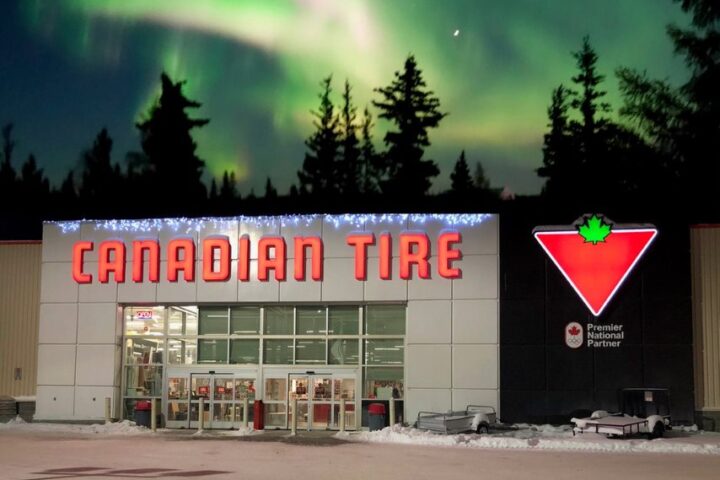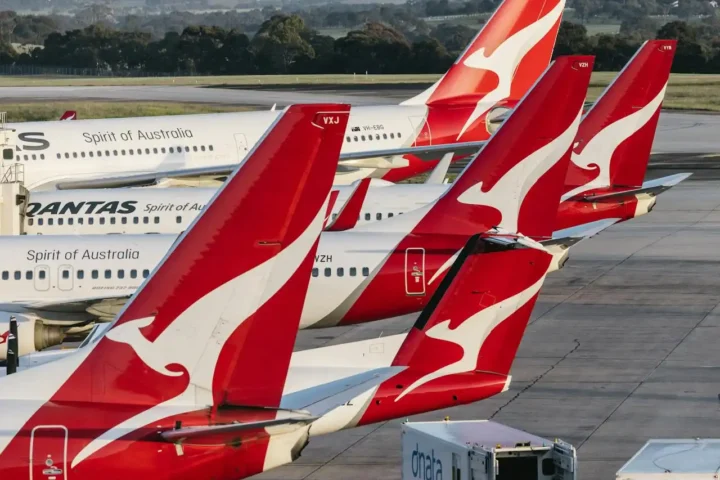Microsoft is spending $200 million to plant trees in Brazil’s Amazon rainforest as its artificial intelligence computers consume more energy than ever before.
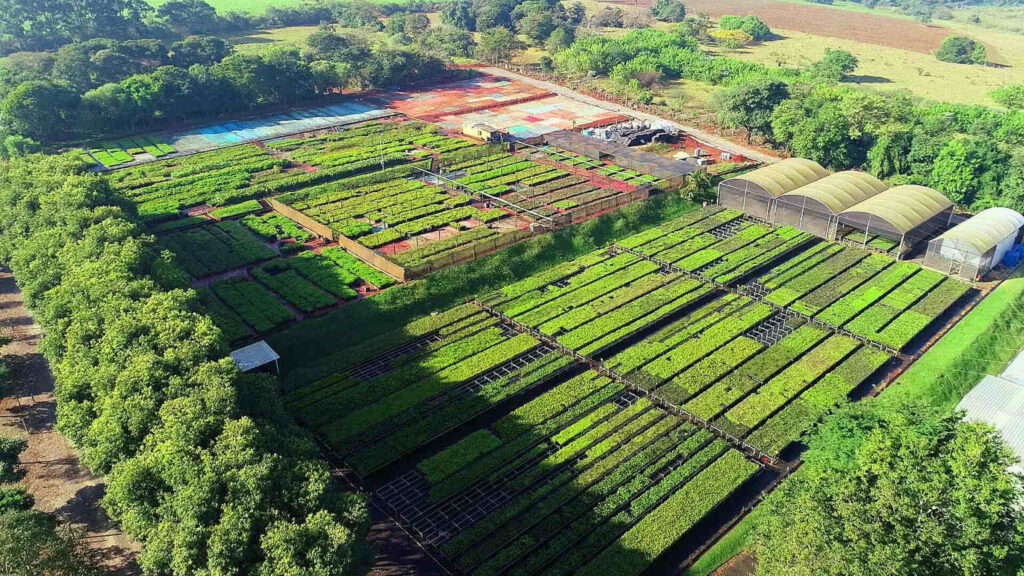
The company’s energy use jumped 40% in just three years, reaching 17 million tons of carbon dioxide in 2023. This sharp increase comes mainly from the massive computer centers needed to run AI technology. According to Goldman Sachs, data center energy needs will rise 165% by 2030 from 2023.
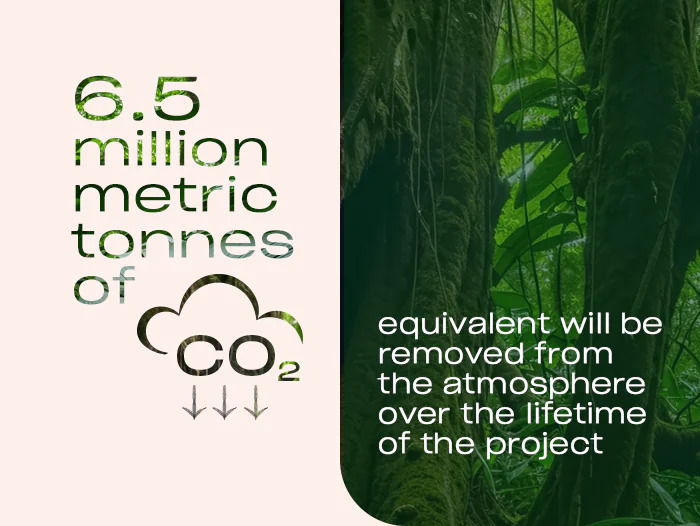
To help fix this problem, Microsoft partnered with a Brazilian company called re.green. Together, they’re replanting trees across an area three times larger than Paris. They’ve already planted 4.4 million young trees of 80 different local species in places where forests were cut down or abandoned.

“We’re bringing back the richest variety of plants and animals on the planet,” explains Thiago Picolo, who leads re.green. The project isn’t just about planting trees – it’s creating jobs too. Over 230 local people now work in the forest, learning valuable skills like collecting seeds and protecting against fires.
Similar Posts
But there’s a catch. While Microsoft is planting trees in an area triple the size of Paris, the Amazon lost an area as big as France between 2001 and 2020. Meanwhile, data centers are projected to consume about 1,000 TWh of electricity by 2026 – equivalent to Japan’s entire electricity consumption.
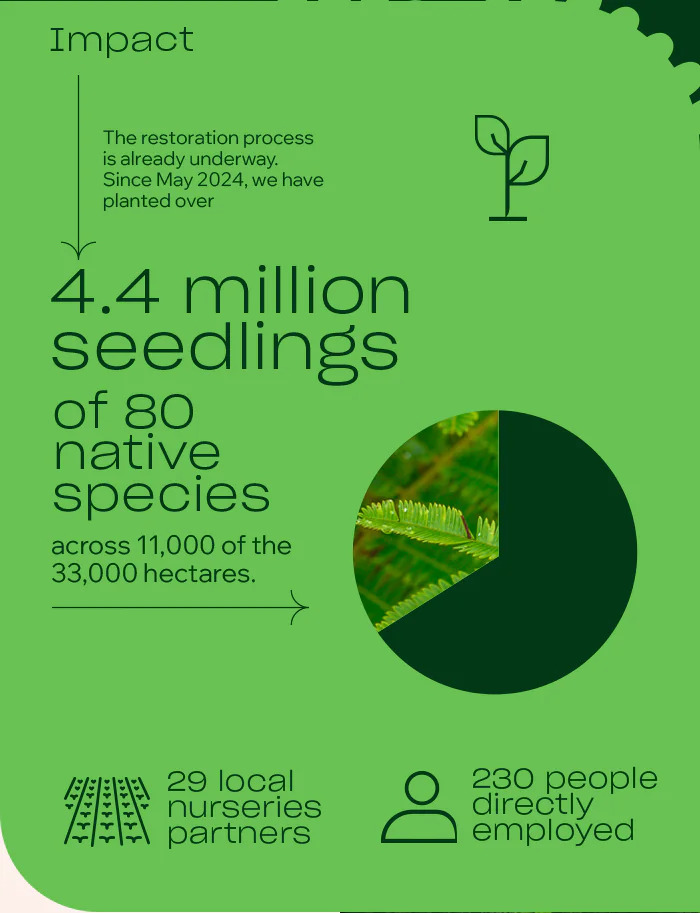
The company isn’t alone in trying to solve this problem. Google, Amazon, and Facebook’s parent company Meta have all promised to buy carbon credits – basically paying to plant trees or capture carbon dioxide in other ways. Together, they plan to offset 20 million tons of carbon dioxide by 2030.

This effort shows both promise and challenges. While Microsoft is taking real steps to clean up after its AI technology, the growing energy demands of these powerful computers raise questions about how to balance technological progress with environmental protection.
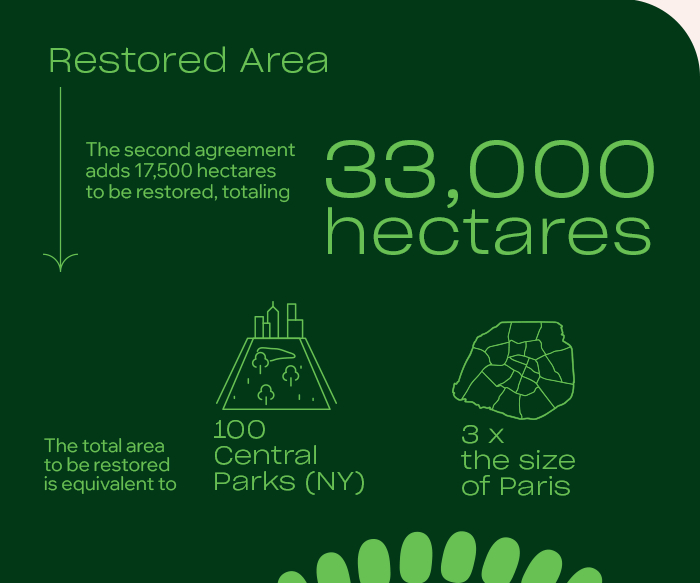
The success of this tree-planting project depends on more than just getting saplings in the ground. These new forests need to grow strong and healthy to effectively trap carbon dioxide while supporting local communities and wildlife for years to come.
